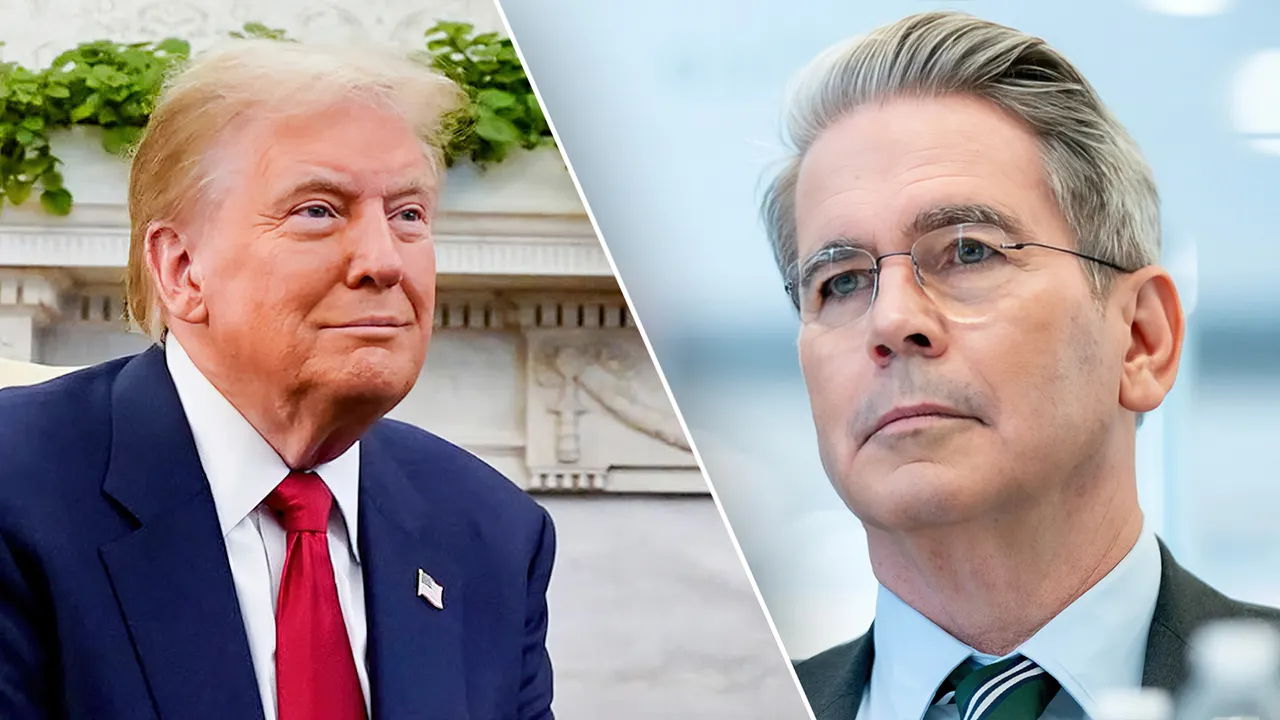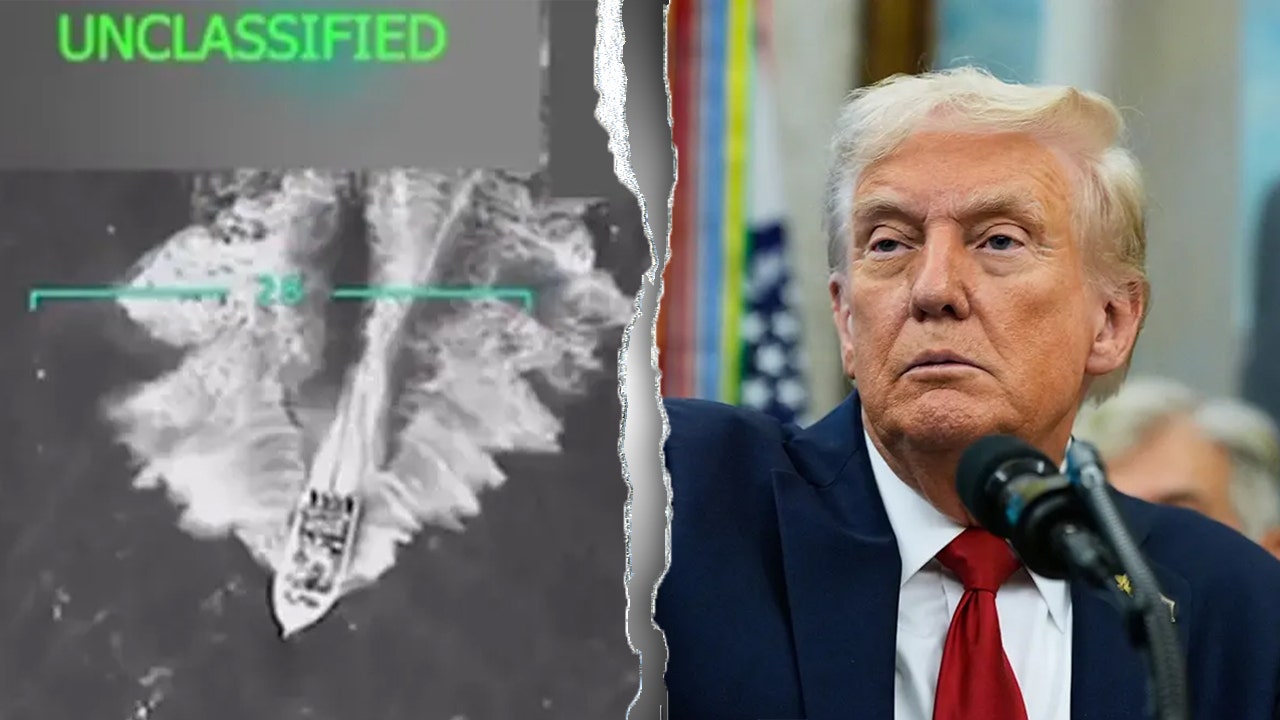These are the ‘Dirty 15’ countries Trump might target with Liberation Day tariffs

President Donald Trump is gearing up to announce a significant series of reciprocal tariffs on Wednesday, which his administration has dubbed as “Liberation Day.” The move comes as Trump and his team have consistently criticized other countries for engaging in unfair trade practices against the U.S., aiming to address the nation’s record $1.2 trillion trade deficit.
While the White House has not disclosed the specific details of the upcoming tariffs or the countries that will be targeted, there has been speculation about a group of nations referred to as the “Dirty 15.” This term originated from an interview with Treasury Secretary Scott Bessent, where he mentioned the 15% of countries that contribute to the largest trade deficits with the U.S., although he did not name them.
Hints have been dropped by the Trump administration, with specific countries being mentioned in official documents. A notice from the Office of the U.S. Trade Representative highlighted countries like Argentina, Australia, Brazil, Canada, China, the European Union, India, and others for a review of their trade practices. Additionally, the Commerce Department’s 2024 trade deficit report identified countries with the highest trading deficit with the U.S., including China, Mexico, Vietnam, and others.
Despite the lack of concrete details, Trump has suggested that the tariffs will extend beyond just 15 countries, indicating that all nations could be subject to tariffs. White House press secretary Karoline Leavitt mentioned that Trump was in discussions with various countries regarding the potential tariffs they might face, underscoring the significance of Liberation Day in American history.
There have been concerns raised about the impact of tariffs on consumers and the economy, with some lawmakers cautioning against broad tariffs that could raise costs for consumers. However, Leavitt reassured that the tariffs would benefit the U.S. economy and help restore America’s manufacturing prowess.
While the specific details of the tariffs remain vague, it is expected that they will align with other countries’ tariff rates and address issues like regulations, subsidies, and exchange rate policies to reduce trade barriers. Trump’s administration has already implemented tariffs on various imports from China, steel, aluminum, Mexico, Canada, and auto vehicles.
As the announcement of the reciprocal tariffs looms, the focus remains on bolstering the U.S. economy and rectifying trade imbalances. With the aim of reclaiming America’s economic strength, Trump is set to unveil a bold strategy that could reshape international trade dynamics.




